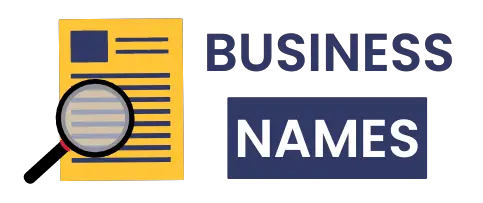“You can graduate with honors, earn multiple degrees, and still have no clue why you’re living paycheck to paycheck—because schools teach calculus but not how to calculate whether you can afford rent.”
If this sounds familiar, you’re not alone. Many people feel financially unprepared despite years of education, often struggling with basic money management and repeating the same financial mistakes.
That cycle can bring with it a deep sense of shame about not “knowing” what seems obvious to others. The truth is, a lack of financial literacy isn’t a personal failure; it’s a systemic gap. This guide bridges that gap by giving you 15 critical financial realities that will help you avoid common money traps, build better habits, and make smarter decisions with your money—starting today.
15 Money Truths Schools Don’t Teach (But Should)
You can solve a quadratic equation. You memorized the periodic table. You know the capital of every state.

But can you explain why you’re always broke?
Schools teach you how to pass tests. They don’t teach you how money actually works. That’s why smart people make dumb money choices. That’s why you graduated with honors but can’t figure out where your paycheck goes.
These 15 truths are what you learn after you’ve already made expensive mistakes. Or what you can learn right now, before those mistakes cost you thousands.
Harsh Truth #1: Every Company Has a Department Dedicated to Taking Your Money
Marketing teams study consumer psychology like doctors study anatomy. They know exactly which emotional triggers make you buy. They know you’ll say yes to “just $9.99 a month” but hesitate at “$120 per year.” Same price. Different feeling.

Free trials aren’t free. They convert 40-60% of users into paying customers because canceling is intentionally hard. You need to call during business hours. You need to click through five screens asking “Are you sure?” You need to remember to cancel before day 14 of your 14-day trial.
And those subscription models? Pure genius for companies. You sign up once and forget about it. That gym membership you haven’t used since February? Still charging you. That streaming service you watch twice a year? Still charging you. The average person has 12+ forgotten subscriptions bleeding their account dry.
Dynamic pricing is tracking you right now. Airlines charge more if you search twice for the same flight. Amazon shows different prices to different people. Your grocery store app knows you’ll pay more on Friday night than Tuesday morning. Social media algorithms show you products based on your psychological profile. They know you better than you know yourself.
One-click ordering removes the pause button. That pause where you think “Do I really need this?” Companies spent millions removing that pause because it makes them billions.
Key Actions You Can Take Today:
- Set calendar reminders 2 days before any free trial ends (not the day of—give yourself time)
- Use virtual card numbers from Privacy.com or your bank for trials (auto-declines charges when you cancel)
- Create a monthly “subscription audit” day—check your bank statement line by line
- Remove saved payment info from Amazon, Target, and other stores you impulse-buy from
- Ask yourself “Would I drive to the store right now to buy this?” before any online purchase
The Real Cost: A single forgotten $15/month subscription costs you $180/year. That’s $1,800 over ten years. That’s $9,000+ over thirty years if you had invested it instead.
Harsh Truth #2: Not Tracking Your Spending Is Like Driving Blindfolded
You think you know where your money goes. You don’t.
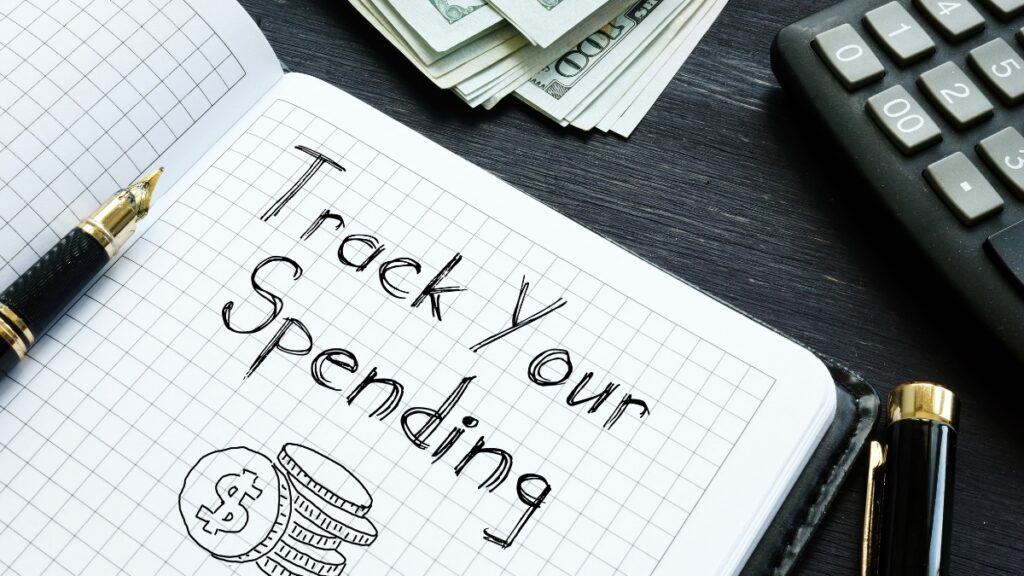
Most people underestimate their spending by 20-30%. They remember the big purchases. They forget the coffee, the lunch out, the app upgrade, the impulse snack at the gas station. These small purchases add up to thousands per year.
The “latte factor” is real. $5 per day is $1,825 per year. That’s a vacation. That’s an emergency fund. That’s a down payment starting to build. But it feels like nothing when you’re buying it.
You can’t fix what you don’t measure. If you don’t track your spending, you’re guessing. And you’re guessing wrong. People who start tracking their expenses—even without trying to change anything—reduce their spending by 15-20% automatically. It’s called the Hawthorne effect. Awareness changes behavior.
Modern tools make this painless. You don’t need spreadsheets. You don’t need to save receipts. Apps connect to your bank and categorize everything automatically. But here’s the catch: you actually have to look at them.
Checking once a month is too late. You already spent the money. You can’t adjust. Weekly check-ins let you course-correct before you’re broke at month’s end.
Key Actions You Can Take Today:
- Download Mint, YNAB (You Need A Budget), or log into your bank’s built-in spending tracker
- Spend 10 minutes categorizing this month’s spending (your app probably did most of it)
- Identify your top 3 spending categories—this is where your money actually goes
- Set a weekly reminder (Sunday evening works well) to check your spending
- Calculate your “mystery spending”—money you spent but can’t remember on what
Reality Check: One person tracked their spending for a month and found $500 in “lifestyle leaks”—small purchases that added no real value. That’s $6,000 per year they were wasting without knowing it.
Harsh Truth #3: Your Employer Will Never Pay You What You’re Worth Without Pressure
Your company budgets 3-5% raises for current employees. They budget 10-30% more for new hires doing the same job.

You’re being underpaid right now. Not because you’re bad at your job. Because companies pay based on what they can get away with, not what you’re worth.
People who switch jobs every 2-3 years earn 50% more over their careers than loyal employees who stay put. That’s not an exaggeration. That’s math. A 3% annual raise sounds good until you realize inflation is eating 3-4% of your buying power. You’re not getting ahead. You’re treading water.
Meanwhile, someone doing your exact job at a different company makes $10,000 more per year because they negotiated. You didn’t negotiate because you were “grateful to have a job.” That gratitude cost you $10,000 this year. It’ll cost you $10,000+ next year. Compound that over a decade.
70% of people who ask for a raise get something. Most people don’t ask. They assume the answer is no, so they don’t try. Meanwhile, HR knows the salary range for your position. They’re waiting to see if you’ll ask. If you don’t, they save money.
Job-hopping isn’t disloyal. It’s smart. Companies aren’t loyal to you—they’ll cut your position when the budget needs trimming. You don’t owe them your financial future.
Key Actions You Can Take Today:
- Document your wins quarterly (save emails praising your work, note projects you completed)
- Research your market rate on Glassdoor, Levels.fyi, and Payscale right now
- Update your LinkedIn profile and set it to “Open to opportunities”
- When negotiating, ask for 10-20% more than your target number (anchoring bias works)
- Apply to jobs every 2-3 years even if you’re happy—see what you’re worth
The Math: 3% annual raise vs. 15% salary bump from job-hopping: Over 10 years on a $50,000 starting salary, that’s a $67,000 difference in total earnings. That’s not a typo.
Harsh Truth #4: Investing in Yourself Has the Highest ROI—But You Have to Spend the Money
That $500 course you keep hesitating on? It could return $10,000 in increased salary.
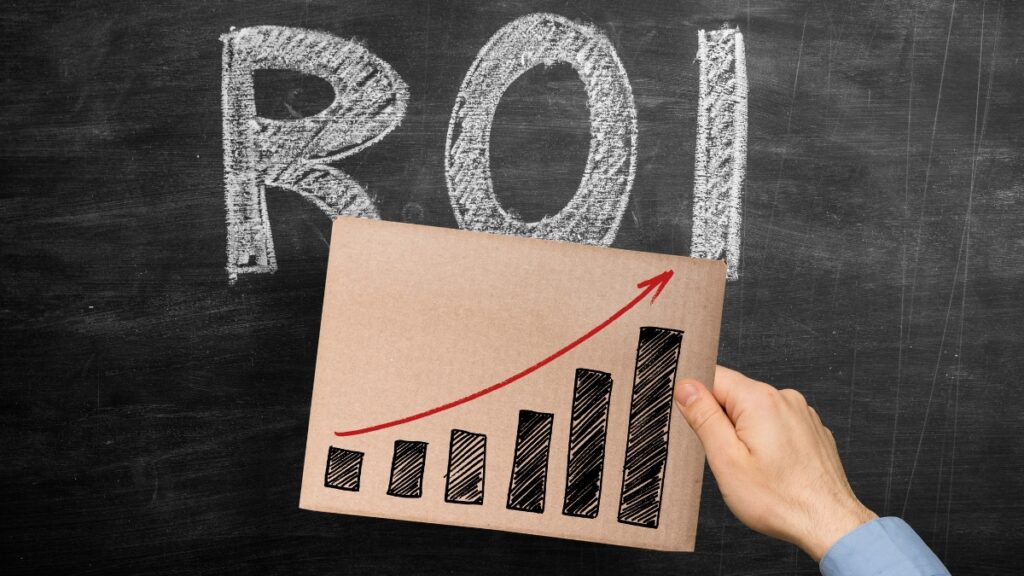
Cheap people stay stuck. They won’t spend $100 on a skill that could earn them $5,000 more per year. They’ll spend $100 on shoes that’ll be in the back of their closet next year, but not on knowledge that compounds forever.
Your education didn’t end at graduation. Actually, your real education starts after graduation. Schools teach theory. The real world wants skills. There’s a massive gap between what employers pay for and what colleges focus on.
Coding bootcamp students invest $15,000 and land $80,000+ jobs within months. That’s a 400% return in year one. Then they earn that higher salary every year after. Compare that to a savings account giving you 4% annual returns.
Professional certifications, online courses, conferences, mentorship—these aren’t expenses. They’re investments. The people who advance in their careers are the ones who keep learning. The people who plateau are the ones who stopped growing.
And here’s something most people don’t know: professional development can be tax-deductible if you structure it right. You’re paying for education anyway through taxes. You might as well use it.
Key Actions You Can Take Today:
- Allocate 5-10% of your income to learning (even $100/month compounds over time)
- Identify the top 3 skills your industry pays premium prices for (not what you find interesting—what pays)
- Choose paid courses over free when the skill directly increases your income (free is great for hobbies)
- Track your income before and after learning new skills—measure the ROI
- Ask your employer if they offer professional development funds (many do; few employees ask)
Real Example: One person spent $2,000 on a project management certification. Six months later, they used it to negotiate a $12,000 raise. That’s a 600% return. Every year after, they earn that extra $12,000.
Harsh Truth #5: Ignoring Bills Doesn’t Make Them Disappear—It Multiplies Them
A $35 late fee on a $100 bill is 35% interest. Credit cards wish they could charge that much.
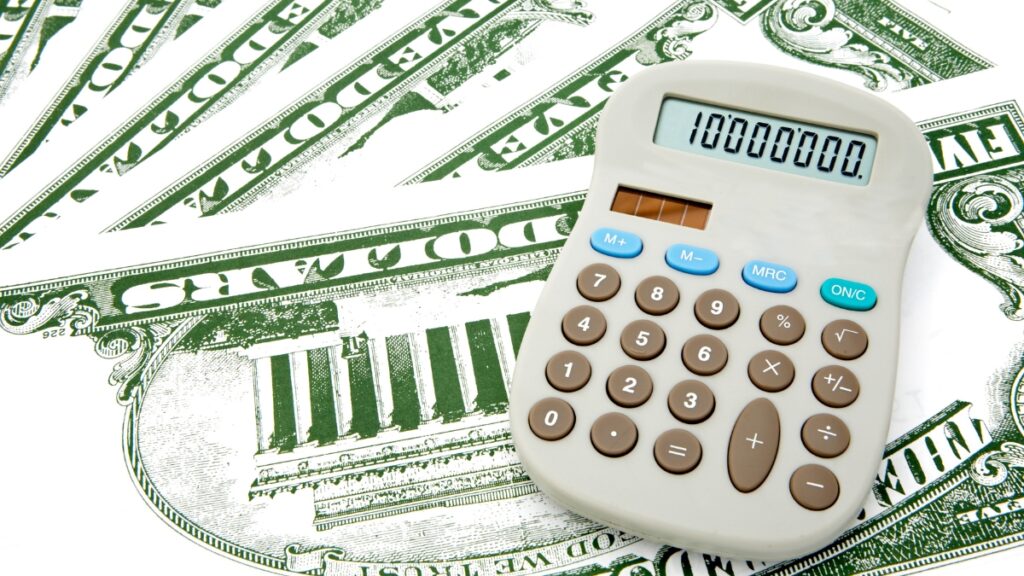
Ignored bills go to collections. Collections agencies report to credit bureaus. That report stays on your credit for 7 years. One ignored bill can tank your credit score by 90-110 points. That lower score costs you thousands more in interest on your car loan, your mortgage, your credit cards.
Interest rates on overdue bills are predatory. 18-29%+ is normal. Some are higher. Medical bills might not charge interest, but they’ll send you to collections, which is worse.
One missed payment cascades. You miss your credit card payment because money’s tight. They add a $35 late fee and jack your interest to 29.99%. Now your minimum payment is higher. You struggle to pay it next month. You’re behind on your car payment now. Late fee there too. Your stress is compounding faster than your debt.
Financial avoidance is expensive. People who ignore financial problems pay an average of $3,000+ more per year in late fees, interest hikes, and overdraft charges than people who face problems head-on.
Here’s what companies don’t tell you: if you call them BEFORE you miss a payment, they’ll often work with you. Hardship programs exist. Payment plans exist. But only if you ask before you’re 60 days late.
Key Actions You Can Take Today:
- Automate every recurring bill you can (electric, internet, phone, subscriptions)
- Set payment dates 5 days before the due date (not on the due date—banks process slowly)
- Review your automated payments monthly (make sure they’re still correct amounts)
- If you can’t make a payment, call the company immediately—explain your situation
- Check if you qualify for hardship programs (medical bills especially have financial assistance)
Cost of Avoidance: $500 credit card balance ignored for 12 months at 24% APR with late fees becomes $800+. That’s $300 in fees and interest. Face it early and you pay $500.
Harsh Truth #6: An Emergency Fund Isn’t Optional—It’s Financial Survival
Six out of ten Americans can’t cover a $500 emergency without going into debt. That’s most people. That might be you.

Without emergency savings, one crisis creates a debt spiral. Your car breaks down. $1,200 repair. You don’t have it. So you put it on a credit card at 22% interest. Now you’re paying off $1,200 plus $264 in interest over the next year—if you pay it off that fast.
Then your dog gets sick. $800 vet bill. Also on the credit card. Now you owe $2,000 plus interest. You’re making minimum payments. It’ll take you years to pay off. And you’re one more emergency away from financial collapse.
Credit cards aren’t an emergency fund. They’re expensive debt. At 20%+ interest, you’re paying $200+ per year just to borrow $1,000. That’s not a solution. That’s a problem.
Here’s the emergency fund paradox: having emergency savings makes you less likely to need it. When you have a cushion, you make better decisions. You don’t take predatory payday loans. You don’t panic and make expensive mistakes. You handle problems before they become crises.
The goal is 3-6 months of expenses. But start with $1,000. Then build to one month. Then three. Small wins build momentum.
Key Actions You Can Take Today:
- Open a separate savings account (not your checking account—you’ll spend it)
- Automate $50-100 per paycheck into that savings account (automate everything—don’t rely on willpower)
- Set a goal: $1,000 first, then one month of expenses, then three months, then six
- Define what counts as an emergency (car breaks, medical issue, job loss—not a sale at Target)
- When you use emergency funds, pause all other goals until you rebuild it
Real Impact: One unexpected $1,500 car repair with emergency savings = annoying but manageable. Same repair without emergency savings = credit card debt at 24% APR = paying $1,860 total over two years.
Harsh Truth #7: If Making Money Were Easy, Everyone Would Be Rich
Get-rich-quick schemes exist because people are desperate and hopeful. They prey on that desperation.

Legitimate wealth building is boring. Save money. Invest in index funds. Let compound interest work for decades. Wait. That’s it. No secrets. No hacks. Just time and consistency.
Anyone selling you “financial freedom courses” is making money FROM you, not WITH you. If their system worked so well, they’d be using it to get rich, not selling it to you for $997.
Crypto promised everyone would be millionaires. NFTs were the future. Penny stocks were the secret. All of them were modern lottery tickets. Some people won. Most people lost everything. The house always wins.
MLMs (multi-level marketing) claim you can make six figures working from home. The reality: 99%+ of MLM participants lose money. The only people making money are the ones at the top of the pyramid—and they got there first.
The “secret” to wealth isn’t a secret. It’s public information. It’s in every personal finance book ever written. Time plus consistency plus patience equals wealth. But that’s not exciting. It won’t make you rich by next Tuesday. So people ignore it and chase shortcuts that lead nowhere.
Key Actions You Can Take Today:
- If an opportunity sounds too good to be true, it is—walk away immediately
- Legitimate investing is boring (index funds, 401(k), Roth IRA, time)
- Never invest in something you don’t fully understand (if you can’t explain it to a 10-year-old, don’t invest)
- Red flags: guaranteed returns, pressure to “act now,” testimonials from “average people” making six figures
- Want to get rich? Increase income, decrease expenses, invest the difference, wait 30 years
Reality Check: The average annual return of the S&P 500 over the past 50 years is about 10%. That’s not exciting. But $500/month invested from age 25 to 65 at 10% annual returns becomes $3.2 million. Boring works.
Harsh Truth #8: Taxes Will Take 25-40% of Everything You Make—Plan Accordingly
Your $60,000 salary isn’t $60,000. After federal taxes, state taxes, Social Security, and Medicare, you’re taking home about $45,000. That’s 25% gone before you see it.
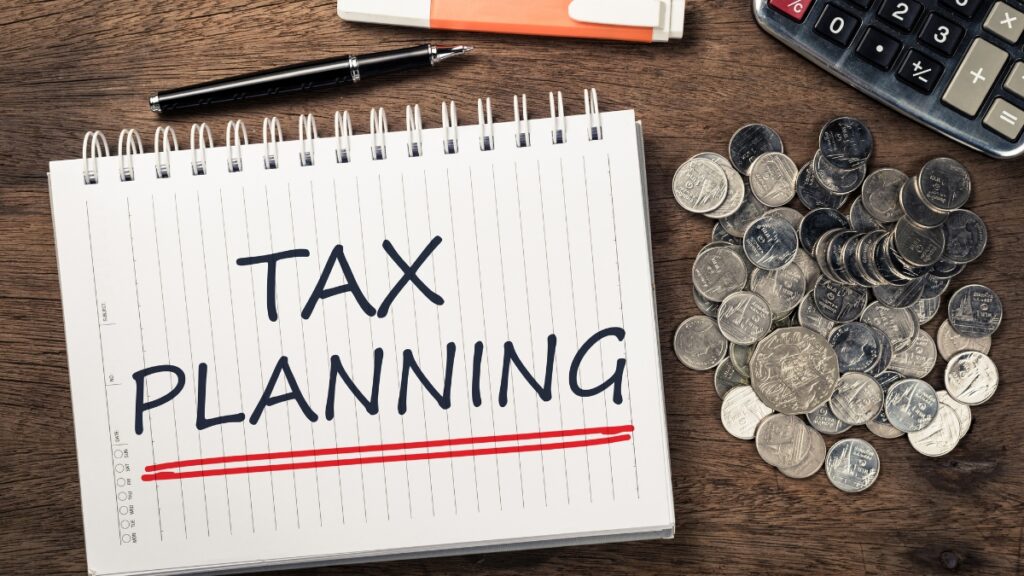
Every side hustle dollar is taxed. Drive for Uber? Taxed. Sell crafts on Etsy? Taxed. Freelance writing? Taxed. And if you don’t pay quarterly estimated taxes, the IRS will hit you with penalties and interest at tax time.
People misunderstand tax brackets. They think if they earn more and jump into a higher bracket, they’ll lose money. That’s not how it works. Only the money in the higher bracket is taxed at the higher rate. You always keep more when you earn more.
Pre-tax retirement contributions reduce your taxable income. Put $6,000 into a traditional IRA, and you just saved $1,500+ in taxes (depending on your bracket). The government basically gave you $1,500 for free just for saving for retirement.
Not planning for taxes creates a nightmare. You think you made $40,000 from your side business. You spend $35,000 and save $5,000. Tax time comes. You owe $10,000 in taxes. Now you’re scrambling, going into debt, getting hit with penalties.
Key Actions You Can Take Today:
- Calculate your actual take-home pay using a paycheck calculator (not your gross salary)
- Max out your 401(k) employer match—that’s free money plus a tax deduction
- Open an HSA if you have a high-deductible health plan (triple tax advantage: deductible going in, grows tax-free, tax-free for medical expenses)
- Side hustlers: set aside 25-30% of every payment for taxes—open a separate savings account for it
- Once your income exceeds $75,000, consider hiring a CPA (they’ll save you more than they cost)
Tax Savings Example: $50,000 salary. You contribute $6,000 to a 401(k). Your taxable income is now $44,000. You save about $1,320 in federal taxes. Plus your employer matches 50% ($3,000 free). You just made $4,320 for free.
Harsh Truth #9: You Can Have Fun OR You Can Have Money—Choose Wisely (Or Find Balance)
YOLO spending leads to YOLO bank balances. “You only live once” is true. You also only retire once. And you can’t pay rent with memories.

“Experiences over things” is great advice when you make $50,000+. It’s terrible advice when you make $35,000 and have $200 in savings. That weekend trip to Vegas costs you a month of financial stress.
Social media makes this worse. Everyone’s posting their highlight reel. Brunch. Concerts. Vacations. You feel broke because you’re not doing what they’re doing. Plot twist: they’re also broke. They just hide it better.
FOMO spending is real. Fear of missing out drives people to spend money they don’t have on experiences they don’t really want. They just don’t want to be left out.
Fun doesn’t have to be expensive. Game nights cost $0. Hiking costs $0. Potlucks cost $12 instead of $60 per person at a restaurant. But peer pressure is expensive. When your friend group spends $100 every Friday, you either spend $100 or stay home.
Key Actions You Can Take Today:
- Set entertainment budget as 10-15% of your income (not a random number—a percentage you can adjust)
- Pre-game before going out (costs $10 instead of $60 on drinks)
- Host events at your place instead of always going out (everyone saves money)
- Suggest free alternatives: hiking, park hangouts, game nights, potlucks, free festivals
- Plan 1-2 “splurge” experiences quarterly instead of weekly mediocre outings (one amazing concert beats four okay bar nights)
The Cost of Fun: $200/month on bars and restaurants = $2,400/year = $12,000 over 5 years. Invested instead at 8% annual returns, that’s $14,700. In 20 years? $118,000. Fun costs more than you think.
Harsh Truth #10: Your Social Skills Determine Your Net Worth More Than Your GPA
Promotions go to likable people, not just qualified ones. You can be the best at your job and still get passed over because your coworker is better at office politics.

Networking isn’t sleazy. It’s how opportunities happen. 85% of jobs are filled through networking, not job applications. That dream job? Someone’s friend got it before it was posted online.
Soft skills—communication, likability, emotional intelligence—aren’t taught in school. But they’re what employers value most. You can teach someone technical skills. You can’t teach them to not be insufferable in meetings.
Your career ceiling is determined by relationship quality. Individual contributors make good money. Managers make more. Directors make even more. And all of those higher positions require managing people and relationships, not just doing technical work well.
Social capital compounds like financial capital. Help someone today, they help you in five years. Introduce two people, they both remember you. Comment on someone’s LinkedIn post, they see your name. Small actions build reputation over time.
Key Actions You Can Take Today:
- Join one professional group in your industry (local chapter or online community)
- Comment on 2-3 LinkedIn posts per week (visibility without awkward cold messages)
- Attend one networking event per quarter minimum (even virtual counts)
- Follow up with new contacts within 48 hours (quick message: “Great meeting you, let’s stay in touch”)
- Give before asking—help others generously (make introductions, share resources, offer advice)
Career Impact: Internal promotions average 3-5% raises. Job offers from your network average 10-20% increases. That likable person from the conference who remembered you? They just handed you a $8,000 raise opportunity.
Harsh Truth #11: Debt Compounds Faster Than Your Savings Ever Will
20% credit card interest versus 4% savings account interest. The math doesn’t work in your favor.

$5,000 in credit card debt at 22% APR costs you $1,100 per year in interest alone. Your $5,000 in a savings account at 4% earns you $200. You’re losing $900 per year by keeping both.
Minimum payments are designed to keep you in debt for 20+ years. A $3,000 credit card balance with a $75 minimum payment takes 18 years to pay off and costs $4,800 in interest. You pay $7,800 total for $3,000 of purchases.
Student loans are similar. Borrow $50,000 at 6% for 10 years? You’ll pay $66,600 total. That’s $16,600 in interest. Your degree cost you 33% more than you thought.
Not all debt is equal. Mortgage debt at 3-4% to buy an appreciating asset? That’s okay. Credit card debt at 24% for dinners you don’t remember? That’s financial suicide.
Key Actions You Can Take Today:
- Pay off high-interest debt before building savings (except keep a small emergency fund)
- Use the avalanche method: pay minimums on everything, throw extra money at the highest interest rate first
- Consider balance transfers to 0% APR cards (but pay it off before the promo ends)
- Never carry a credit card balance if you can avoid it (interest is throwing money away)
- Before borrowing anything, calculate the total cost: principal plus all interest over the full term
Debt Freedom Math: $10,000 in credit card debt. Minimum payments ($250/month) = 7 years to pay off, $10,700 in interest paid. Aggressive payments ($500/month) = 2 years to pay off, $2,200 in interest paid. You just saved $8,500 and 5 years.
Harsh Truth #12: Your Credit Score Is a Report Card That Actually Matters
Your credit score affects everything. Loan rates. Apartment rentals. Job applications. Insurance rates. It’s a number that follows you everywhere.
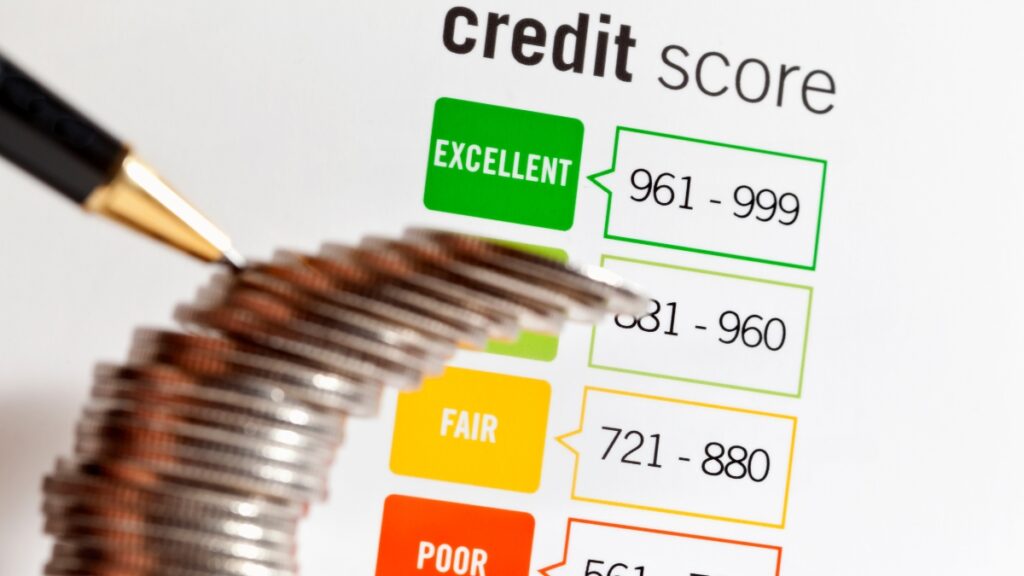
A 670 credit score versus a 750 credit score costs you $50,000+ in extra mortgage interest over 30 years. Same house. Same down payment. Different score. $50,000 difference.
One mistake takes seconds to create and months to fix. Miss one credit card payment because you forgot? Your score drops 90-110 points. It takes 6-12 months of perfect payments to recover.
Credit building is a long game. Young people are at a disadvantage because length of credit history matters. That 18-year-old and that 35-year-old making identical financial choices? The 35-year-old has a better score because their accounts are older.
Nobody teaches you this until you’re already denied. You apply for an apartment. Rejected. You apply for a car loan. 16% interest rate instead of 4%. You never knew your credit was bad until it cost you thousands.
Key Actions You Can Take Today:
- Check your credit free at annualcreditreport.com (the official site—ignore the ads for paid services)
- Get a credit card early, even if you barely use it (account age matters—keep it open forever)
- Keep credit utilization under 30%, ideally under 10% (use $300 of your $1,000 limit max)
- Never miss a payment—set up autopay for at least the minimum (payment history is 35% of your score)
- Dispute errors immediately (25% of credit reports have errors—check yours annually)
Cost of Bad Credit: Same $25,000 car loan. 4% APR with good credit = $460/month, $27,500 total cost. 12% APR with bad credit = $663/month, $39,780 total cost. Bad credit cost you $12,280.
Harsh Truth #13: Subscriptions Are Silent Wealth Killers—You’re Bleeding $200-500 Monthly
The average person has 12+ active subscriptions. Most people can name maybe seven of them.

“Only $9.99 a month” times 15 services equals $150 per month. That’s $1,800 per year. That’s $9,000 over five years. Invested at 8% annual returns? That’s $110,000+ over 30 years you spent on services you barely used.
Companies rely on you forgetting you’re subscribed. They make canceling hard on purpose. They charge annually instead of monthly so you forget it exists. They auto-renew right when you’re not paying attention.
Monthly charges feel small. $12 here, $15 there. Your brain doesn’t register small recurring charges as real money. But annually? That $12/month is $144. Times ten subscriptions is $1,440 per year that just disappears.
You’re renting instead of owning. Music, movies, software, cloud storage—you pay forever and own nothing. Cancel your subscription and everything disappears.
Key Actions You Can Take Today:
- Audit your subscriptions quarterly by reviewing every bank and credit card statement
- Use apps like Truebill (now Rocket Money) to find forgotten subscriptions you didn’t know existed
- Share family plans to split costs ($18/month becomes $3/month split six ways)
- Rotate streaming services: binge one service for a month, cancel, switch to another
- Ask yourself: “Would I sign up for this today?” If the answer is no, cancel immediately
Subscription Reality: $15/month doesn’t sound like much. Over 40 years, that’s $7,200 in payments. Invested instead at 8% annual returns, that’s $52,000. One subscription. One lifetime. $52,000 difference.
Harsh Truth #14: Healthcare Costs Can Bankrupt You—Even With Insurance
Medical debt is the number one cause of bankruptcy in America. Not poor spending. Not laziness. Healthcare.

High-deductible health plans are gambling that you stay healthy. You pay $200/month in premiums and have a $6,000 deductible. You need surgery? You’re paying the first $6,000 out of pocket plus your premiums. That’s $8,400 for the year—and you still have insurance.
Out-of-network surprise bills can destroy you. You go to an in-network hospital for surgery. The anesthesiologist is out-of-network. You get a $30,000 bill. You didn’t choose the anesthesiologist. You were unconscious. Doesn’t matter. You still owe.
Mental health services are often excluded or severely limited. Your insurance covers six therapy sessions per year. You need weekly therapy. That’s 46 sessions at $150 each out of pocket. That’s $6,900 per year to take care of your mental health.
Most people don’t understand their own health plans. Deductible versus out-of-pocket maximum versus premium—it’s intentionally confusing. You make expensive mistakes because you don’t know what’s covered.
Key Actions You Can Take Today:
- Understand your deductible (you pay this before insurance covers anything), out-of-pocket max (the most you’ll pay in a year), and premium (monthly cost)
- Max out your HSA if you have a high-deductible plan (triple tax advantage: deductible going in, grows tax-free, withdrawals for medical expenses are tax-free)
- Always verify in-network status before any medical procedure (call insurance and the provider)
- Negotiate medical bills (hospitals have financial assistance programs—ask before paying)
- Keep your emergency fund large enough to cover your deductible (that’s the real emergency cost)
Healthcare Cost Reality: Average out-of-pocket costs for insured Americans: $1,200-$5,000 per year depending on health. Uninsured people avoiding care because they can’t afford it: millions. One medical emergency without savings = debt for years.
Harsh Truth #15: Every Year You Delay Retirement Savings Costs You Thousands in Growth
Starting retirement savings at 25 versus 35 costs you $500,000+ by retirement. Not a typo. Half a million dollars.
Compound interest is powerful, but it requires time. You can’t “catch up later” because the math doesn’t work that way. Ten years of growth on early contributions is worth more than doubling your contributions later.

$200 per month from age 25 to 65 at 7% average annual returns equals $525,000. Start at 35 instead? That same $200/month equals $244,000. Starting ten years earlier gave you $281,000 more—and you contributed the same monthly amount.
Your 401(k) employer match is free money. 50-100% instant return. Not contributing is like telling your employer “No thanks, keep that $2,000-$4,000 you were going to give me.”
“I’ll save more when I make more” is a lie. Expenses expand to match income. People making $100,000 feel broke just like people making $50,000. You’ll never feel rich enough to start saving. The time is now.
Key Actions You Can Take Today:
- Contribute to your 401(k) at least up to the employer match (that’s free money you’re leaving on the table)
- Increase your contribution by 1% every year (you won’t notice, but it adds up to huge differences)
- Target 15% total savings rate (your contribution plus employer match)
- Open a Roth IRA if you qualify ($7,000 annual contribution limit in 2025—tax-free growth forever)
- Automate everything (never rely on “I’ll do it later”—automate and forget it)
Time Value of Money: Age 25: Invest $300/month until 65 at 8% annual returns = $1,035,000. Age 35: Invest $300/month until 65 at 8% annual returns = $447,000. Age 45: Invest $300/month until 65 at 8% annual returns = $178,000. Every decade you wait costs you more than the last. Start now.
You Weren’t Born Bad With Money—You Were Never Taught How It Works
Financial literacy isn’t taught in schools because schools prepare you for standardized tests, not real life. You learned how to factor polynomials. You never learned how credit cards charge interest.
These 15 harsh truths are what you learn after making expensive mistakes. Or what you can learn right now to avoid those mistakes entirely.
The system is designed to keep you spending, borrowing, and living paycheck to paycheck. Companies profit when you’re broke. Banks profit when you’re in debt. Subscriptions profit when you forget.
Breaking free requires awareness, action, and sometimes uncomfortable choices. You can’t spend like everyone else and expect different results. Most people are broke. Following their path leads where they are.
Here’s what you do right now:
Pick three harsh truths from this list that hit hardest. Not all of them. Three.
Take action this week. Not next month. Not when you “have more money.” Now.
Track your spending today. Automate one bill. Check your credit score. Set up your 401(k). Audit your subscriptions. Call your boss about a raise. Something. Anything. Small actions compound just like money does.
Your future self is watching you right now. They’re hoping you make the smart choice. They’re hoping you don’t ignore this like you’ve ignored every other financial wake-up call.
These money truths schools don’t teach will serve you better than any calculus formula ever did. You’re not bad with money. You just needed someone to explain how it actually works. Now you know.
What you do with that knowledge is up to you.
